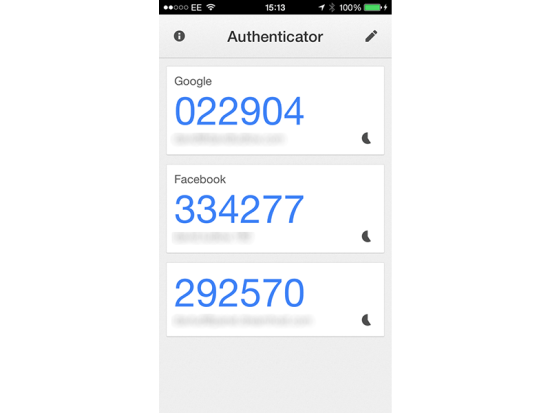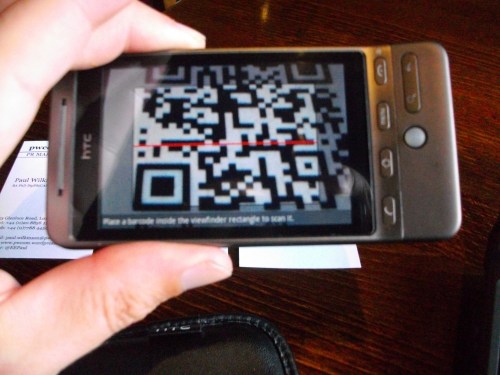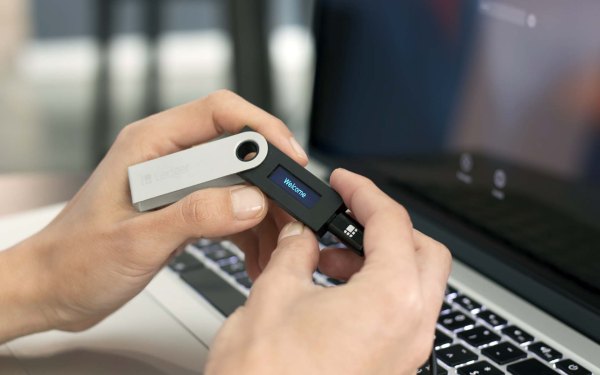
If you are the average cryptocurrency enthusiast, chances are that the majority of your portfolio is sitting in the wallets of a crypto-exchange. While it does seem safe, your hard earned money is just a hack away from becoming the victim of a Mt.Gox-like hack in no time.
Scams. Scams Everywhere.
Fake Vitaliks. Fake McAfees. The twitter handles you are commenting on, are they even authentic? Is the blue tick even real? In an average quick skim of your feed, are you susceptible to missing the “i” in @vitalkbuterin?

Adding to the ever rising list of scams, there’s a ton of other schemes designed to siphon off all your crypto returns overnight.
Don’t be hard on yourself just yet – virtual currencies always have, and always will, face the wrath of issues beyond your control and be prone to hackers, cyber attacks, or lost due to a single piece of faulty code.
While the industry is built on the premise of banks getting replaced and the power of money to be handed back to people, we have too long trusted external organizations with our resources and hence have grown very comfortable with financial security.
But as a crypto holder, it’s time you take security into your hands.
We have complied a list of cautions and advices, so that you be smart and do the right, and enjoy financial security in the truest form.
1. Have a Very Strong Password
Yes. The most obvious point which also happens to be the one people least follow !
You can’t use your crush’s name, your dog’s favorite food, your favorite city, or that line from the Elvis song. Adding a couple of numbers at the end doesn’t help much either. Did you know that for as less as $30 dollars, there are password crackers that can iterate 300 BILLION passwords per second ?
Ask yourself about how much time will password123 take to crack. Be wise and choose a very strong password like XcomBiT#3wel1@#45. A combination of random Capital and small letters, symbols, and numbers.
Our tip is to keep 2FA on at all times, using Google Authenticator or Authy at every log-in. It is recommend to use different passwords for all the sites and writing them all down on a paper, which you keep stored safely.
Do not click pictures of the passwords and save it on your phone, cold storage is the way to go. Invest in a hardware wallet and use it for generating powerful keys and signatures.

2. Always Test Before Making Transactions
With the industry still in it’s nascent stage, and the risk of losing your money forever if the address you entered is incorrect (millions have been lost this way), it is advisable to send a very small text amount before making a transaction. Remember that there are no chargebacks in Bitcoin unlike with credit cards.

Do not attempt to type out individual addresses and cross checking between different tabs. A smarter way is to simply copy-paste the address or scan QR codes whenever available.
3. Spot the Real and the Fake
Keep your eyes open as wide as they can to take in every bit of information in the screen in front of you. What are you really visiting? Is it a malicious site your antivirus detected? A spoof Binance site with some letters misspelt or masked ? A site that just looks wrong ?

Trust your eyes and your gut and double check everything before you end up getting scammed. Best practices include bookmarking the sites you always use, as well as always accessing them from the bookmark toolbar. You can also use a an extension like MetaMask, which will automatically detect a fake MyEtherWallet.
In case you are purchasing a Trezor or Ledger, buy it directly from Amazon or a verified seller and never from Ebay or a second-hand website. In the case of the latter, the device has high chances of being compromised and could send all your private key information to the scammer. The best security measures you took wouldn’t work in this case.
4. Use Cold Storage.
We aren’t talking about buying another freezer here. “Cold” in this context means offline. Only keep an amount in exchanges and online wallets that you are willing to lose.

Buy a hardware wallet to store your coins or print your wallet to keep as a paper wallet. Small, simple steps like these go a long way in keeping your portfolio safe and your peace of mind intact.
5. Don’t Trust. Verify.
There are a few online services that were specifically created to index fraudulent websites and services. Badbitcoin.org, for example, provides a comprehensive list of scams that were either confirmed or reported by users.
SCAM: @SatosliLite only have 0 followers. @SatosliLite used Cyrillic letters that look similar to English. @SatosliLite username is almost alike @SatoshiLite. To trick readers, @SatosliLite name is an exact copy. pic.twitter.com/U3MuSS9Fso
— ^ That’s A Scam ! ⚠️ (@thatsascam) March 5, 2018
Another new service is @thatsascam on Twitter. It’s a bot that detects spam accounts and notifies you of the same. The bot checks unrealistic follower/following ratios and tracks accounts, which have an impossible amount of retweets. Highly recommended.
Stay safe out there.
What do you think about rising crypto scams ? Let us know in the comments below!
Image courtesy of Shutterstock, Twitter, and reddit.com






























